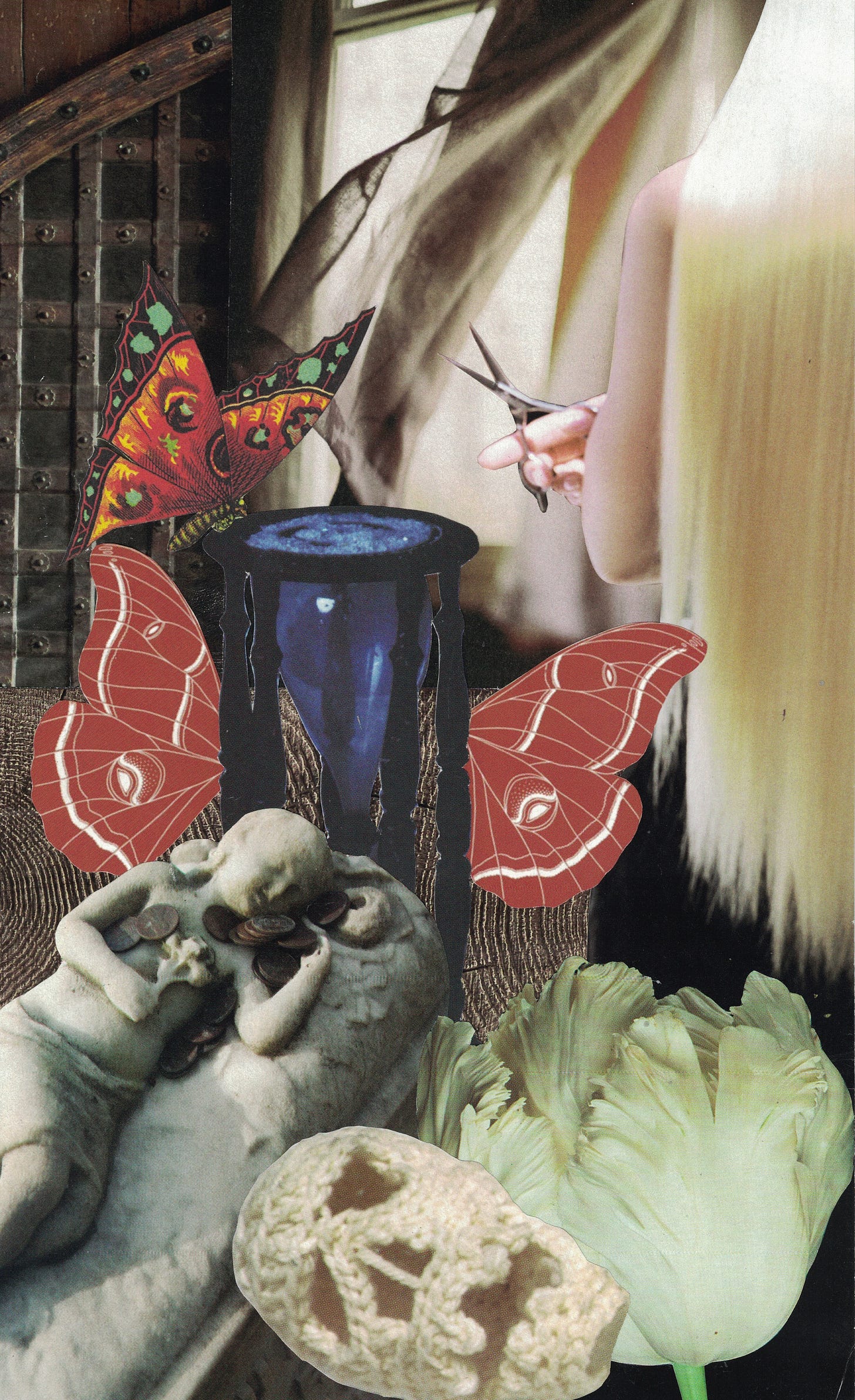You may be familiar with the term “doula,” referring to those who provides pregnancy and labor support for women throughout the birthing process, but are you aware that a growing number of people specialize in providing non-medical support for end-of-life transitions?
Known as death doulas or end-of-life doulas, these practitioners can offer emotional, spiritual, and physical support to the dying and their caretakers. Grimrose Manor is grateful to Suzanne Kilpatrick for sharing her personal journey with this work in the following Q&A.

Grimrose Manor: Thanks for talking with us today, Suzanne. Can you tell us a bit about your background and path to becoming an end-of-life doula?
Suzanne Kilpatrick: I started as a hospice volunteer back in my 20s. I had a friend include me in his end-of-life journey and it changed my life. He showed me that end of life did not have to be scary. It had the possibility of being beautiful and sacred.
After being a volunteer for hospice, I became a massage therapist with the intention of working with people at end of life—providing a safe, gentle presence for people and their families during this transitional time. I did a lot of volunteer work, did some education for end-of-life communities, and later was offered a paid position in a hospital palliative care unit as a massage therapist.
Eventually I became a hospice nurse where I was able to get another perspective on death and dying. After working for hospice for many years, I became disheartened by the "business" of hospice and many situations that created moral distress within me. I had to step away from hospice and continue cultivating an inner practice to come back to working with people at end of life in a way that I was able to remain in alignment with myself. Becoming an end-of-life doula was a beautiful opportunity for this!
GM: For your own practice, what do you see as the most important services or functions of this role?
SK: This is a role that requires a practice of deep listening and the ability to stay grounded in mindfulness and presence. Most people who are drawn to this type of work see it as a calling and are deeply empathetic. Cultivating boundaries and staying open hearted is a practice of self-awareness and self-trust.

GM: What do you think the growth of this field says about our culture, and how do you see death care evolving in the future?
SK: I’m hopeful to see more and more people drawn to this field. I hope it means that we are coming back to a community-minded care, not just in death but in all of life.
GM: What kind of challenges do you face, and what practices do you employ to sustain yourself?
SK: I have had to stay consistent in my practice of mindfulness in all areas of my life to continue working with people at end of life. This includes meditation, breathwork, nourishing my body with movement, and nourishing foods. Having a community of like-minded people is also deeply nourishing for a long-term commitment to this work.

GM: What’s your advice for any readers interested in learning more—either to pursue the role or to work with a doula for themselves or a loved one—and what resources would you point them to?
SK: There are many great organizations out there to support people. Unfortunately, there is no certification or regulation for this work yet, so finding the most credible resources is not always easy. Here is a list of a few resources and organizations that are respected in the field of end-of-life work:
Websites
Film
Podcast
End-of-Life University with Karen Wyatt
Books
Holding Space: On Loving, Dying, and Letting Go by Amy Wright Glen
Walking Each Other Home: Conversations on Loving and Dying by Ram Dass & Mirabai Bush
Standing at the Edge: Finding Freedom Where Fear and Courage Meet by Roshi Joan Halifax
The Wild Edge of Sorrow: Rituals of Renewal and the Sacred Work of Grief by Francis Weller





